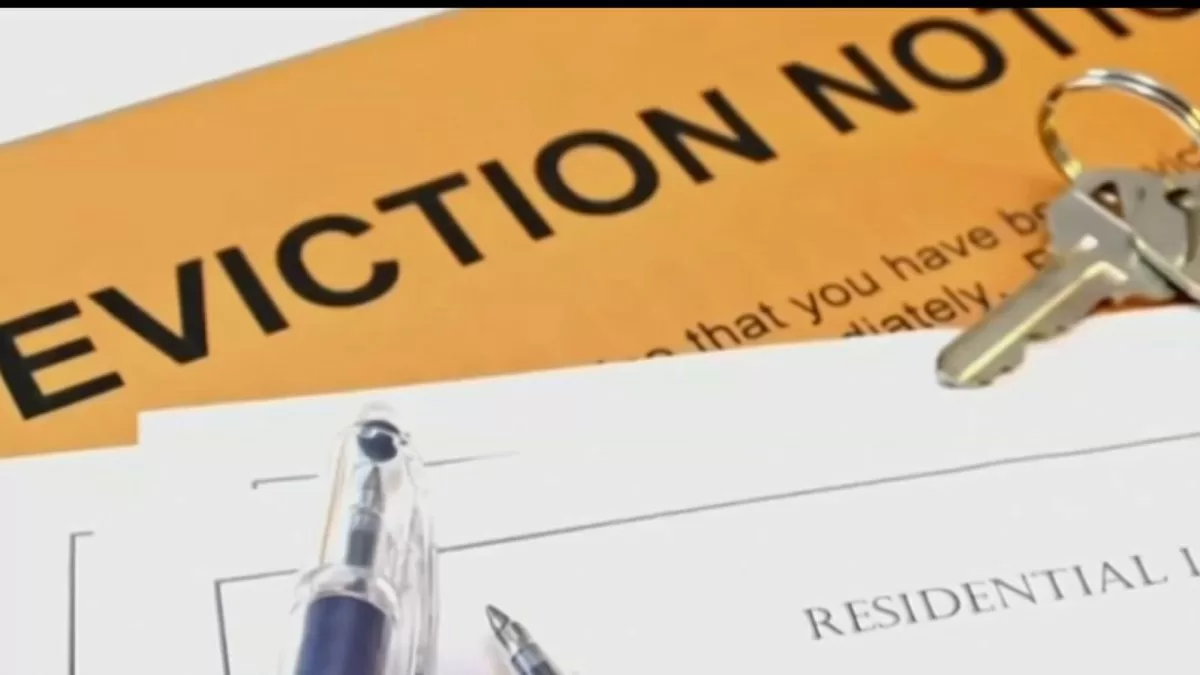NEW YORK — The New York City and Long Island metropolitan regions are under an air quality alert Wednesday, announced New York State Department of Environmental Conservation (DEC) Commissioner Basil Seggos and the commissioner of the state Department of Health (DOH), Dr. James McDonald.
The Poor Air Quality Alert has been issued for Wednesday, July 5, from 11:00 a.m. to 11:00 p.m. The regions under this alert are: the New York City metropolitan area, which includes all 5 boroughs, Rockland and Westchester and Long Island, which includes Nassau and Suffolk counties.
The reason is because elevated levels of fine particulate matter (PM2.5) pollution were reported primarily due to fireworks causing temporary spikes in PM2.5, not the Canadian wildfires.
DEC and DOH issue air quality health advisories when DEC meteorologists predict levels of pollution, either ozone or fine particulate matter (PM2.5), that are expected to exceed an air quality index value ( AQI) of 100. The AQI was created as an easy way to correlate the levels of different contaminants on a scale, with a higher AQI value indicating a greater health problem.
OZONE
Summer heat can lead to the formation of ozone at ground level, a major component of photochemical smog. Automobile exhaust and out-of-state emission sources are the main sources of ground-level ozone and are the most serious air pollution problems in the Northeast. This surface pollutant should not be confused with the protective ozone layer in the upper atmosphere.
Ozone and PM2.5 are two different pollutants that form in different ways: PM2.5 is often produced directly as smoke from wildfires and other sources of small particles emitted into the air.
Ozone is not a direct emission and is produced indirectly when sunlight chemically reacts with oxides of nitrogen (NOx) and volatile organic compounds (VOCs) from automobile exhaust and industrial emissions. High ozone is not as visible as PM2.5 because it is a colorless gas, but it will produce cloudy skies and reduce visibility at high concentrations.
People, especially young children, those who exercise outdoors, those who do strenuous work outdoors, and those with respiratory conditions (such as asthma) should consider limiting strenuous physical activity outdoors when ozone levels are low. higher (usually from afternoon to night). When outdoor ozone levels are high, going indoors will generally reduce your exposure. People experiencing symptoms such as shortness of breath, chest pain, or cough should consider seeing their doctor.
Ozone levels generally decrease at night and can be minimized during the day by reducing car travel and using public transportation when available.
FINE PARTICLES
Fine particles consist of small solid particles or liquid droplets in the air that have a diameter of 2.5 microns or less. PM 2.5 can be made up of many different types of particles and often comes from processes involving combustion (for example, vehicle exhaust, power plants, and fires) and from chemical reactions in the atmosphere.
Exposure may cause short-term health effects including eye, nose, and throat irritation, coughing, sneezing, runny nose, and difficulty breathing. Exposure to elevated levels of fine particles can also worsen medical conditions like asthma and heart disease. People with heart or respiratory problems, children and the elderly can be especially sensitive to PM 2.5.
When outdoor levels are high, going indoors can reduce exposure. If there are significant indoor sources of PM 2.5 (tobacco, smoke from candles or incense, or fumes from cooking), the levels indoors cannot be lower than outdoors. Some ways to reduce exposure are to minimize outdoor and indoor sources and to avoid strenuous activities in areas where fine particulate concentrations are high.
SAFETY MEASURES
New Yorkers are also urged to take the following steps to save energy and reduce pollution:
- Using public transport or carpooling instead of driving, as car emissions account for about 60 percent of the pollution in our cities.
- Conserve fuel and reduce exhaust emissions by combining necessary motor vehicle trips.
- Turn off all lights and electrical appliances in unoccupied areas.
- Using fans to circulate air. If air conditioning is necessary, set the thermostats to 78 degrees.
- Close blinds and curtains to limit heat buildup and preserve fresh air.
- Limit the use of electrical appliances. If necessary, run appliances at off-peak hours (after 7:00 pm). These would include dishwashers, dryers, pool pumps, and water heaters.
- Set refrigerators and freezers to more efficient temperatures.
- Purchase and install energy-efficient lighting and appliances with the Energy Star label.
- Reduce or eliminate outdoor burning and try to minimize indoor sources of PM 2.5, such as smoking.
DEC has established a toll-free air quality hotline (1-800-535-1345) to keep New Yorkers informed of the latest air quality situation.






